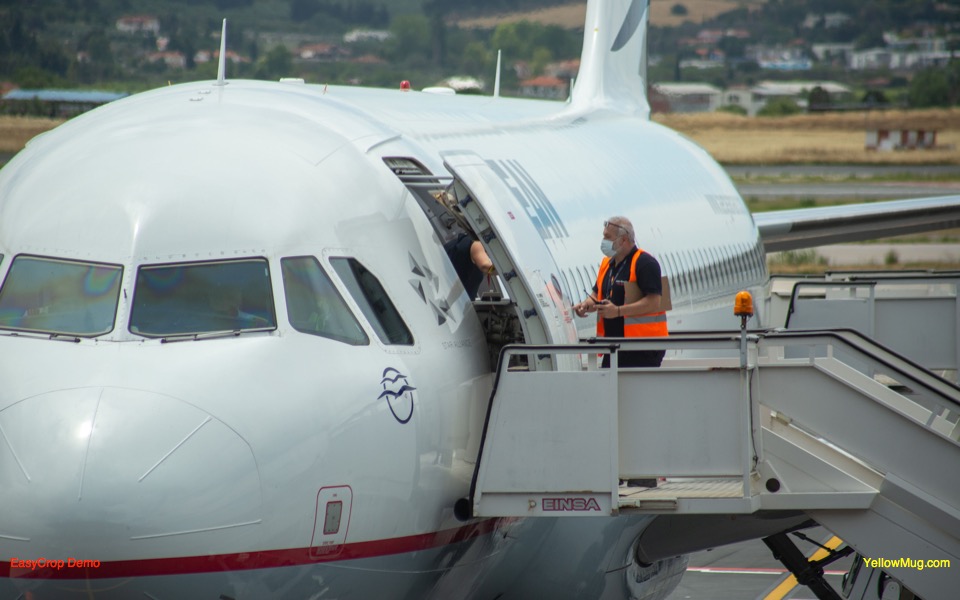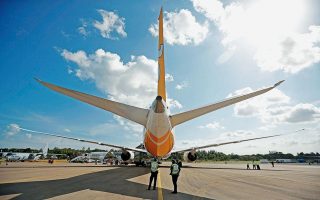Aegean phases in international flights

Monday’s resumption of a considerable number of international flights to Athens and Thessaloniki produced a marginally satisfactory occupancy rate for Aegean Airlines, Kathimerini understands.
Greece’s flag carrier on Monday flew passengers from 13 destinations to Athens, plus another two to Thessaloniki, with the network including flights from Larnaca, Zurich, Brussels, Amsterdam, Dusseldorf, Bucharest, Tirana and Munich.
Market professionals note that seat occupancy rates vary depending on whether the flight had been stopped altogether or not (with the Athens-Brussels service continuing throughout the lockdown).
Nevertheless, carriers have now turned their attention to last-minute bookings that will determine the course not only of Aegean but also of all other air companies. They say that there is no doubt Greece remains a top tourism world destination, but for this summer’s campaign to be successful it will take the clarification of a series of issues among countries regarding air travel. The hotel sector will also need to be ready to serve the country’s visitors, provided that most accommodation units across Greece open next month.
The next stage for the resumption of international flights includes the connection of destinations abroad with regional airports. In this context, Aegean is expected in the coming days to draw up the flight schedule out of its hubs in Iraklio and Hania in Crete and Rhodes, among others. By July 15 it is expected to serve 42 destinations abroad out of Athens and at least seven foreign destinations out of Thessaloniki.
If one also takes into account the 31 destinations of the listed airline’s domestic network that never ceased being served throughout the spring, then across its network and out of all its hubs, Aegean estimates by July 15 it will perform about 1,000 flights per week, which by end-August will climb to 1,600.
The overall flying schedule when it fully matures is expected to lag the pre-coronavirus one by about 50%. The gradual return of flights for which the maximum occupancy rate could lead to the improvement of cash flow, though not to the immediate improvement of the financial results of the airline.





